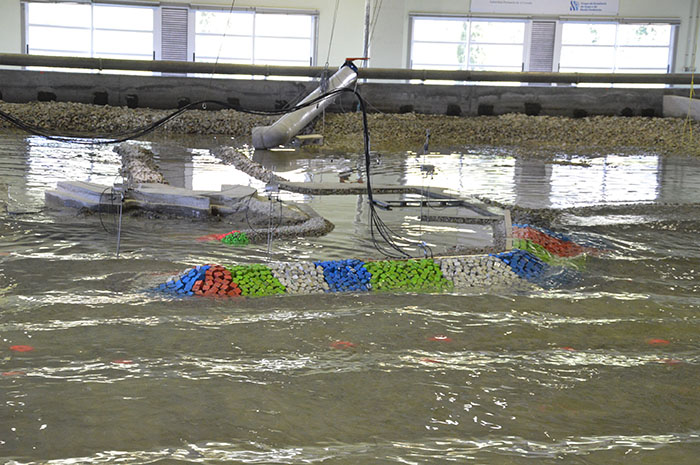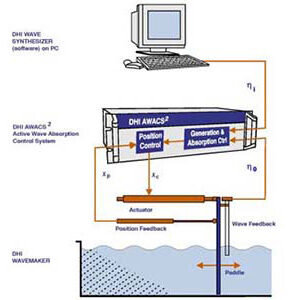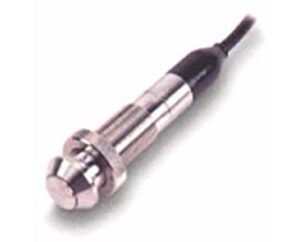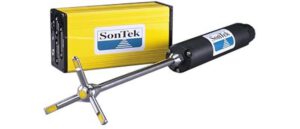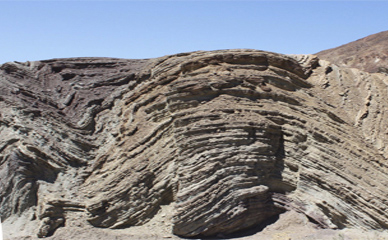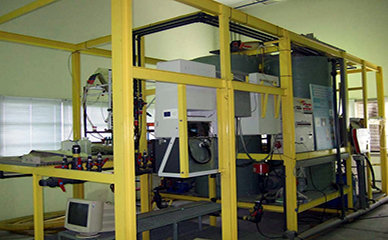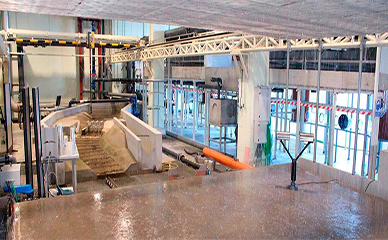
Laboratory
In response to the demand of the Society to its technicians, the Oceanographic Engineering in general, and the Port and Coastal Engineering in particular, are faced with the need to study, project and build in a complex and dynamic marine environment. With reference to the field of experimentation, the facilities built at CITEEC have the capacity to carry out the following tests:
• Large-scale structural tests under the action of medium or extreme waves.
• On-site study of the behavior of dikes, docks and beaches.
• Tests on estuaries, large ports and coastal forms. Hydrodynamics and pollution. A channel and a dock with the capacity to generate real random waves and currents are available for testing in reduced models.
Fields of application
• Ports: design in plant. Interior wave agitation. Effects of long waves and currents in docks and channels. Access, manoeuvring and berthing of ships. Efforts in anchorage points and defences.
• Coasts: coastal morphodynamics. Sediment transport and changes in the coastline in the short and long term. Design and evolution of the beach plan and profile. Coastal defence.
• Rivers and estuaries: hydrodynamics. Transport and diffusion phenomena. Pollution of waters, bottoms and coastline.
• Structures: stability of breakwaters, vertical and mixed dikes. Behaviour of jetties, platforms and piers. Response of floating, submerged and bottom-supported structures to wave action.
Infrastructure
Ports and coasts dock
The dock has full dimensions of 33 x 34 x 1.2m (length, width, height), with two different wave generation systems:
1. Multidirectional wave generation system with active absorption:
Shovel width: 0.44m, wave front: 14.5m.
This area of the dock has dimensions of 33 x 16.5 x 1.2m and is equipped with a Multidirectional Wave System. This dock allows you to locate different coastal protection structures adapted to each particular case. In the contours there are dissipative beaches to avoid reflections.
|
|
|
Figure. Swell dock at the CITEEC. Dock with unidirectional system and Agitation model built (33x12x1.2m)
2. Unidirectional wave generation system with active absorption for 2D waves.
Shovel width: 4m, wave front:until 30m.
The second area of the dock has dimensions of 33 x 12 x 1.2m and a unidirectional wave generation system. The bathymetry also allows its adaptation for different project situations. In the contours there are dissipative beaches to avoid reflections.
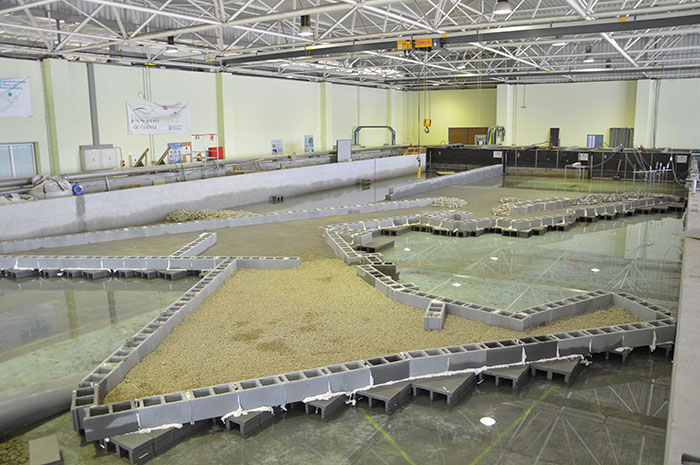 |
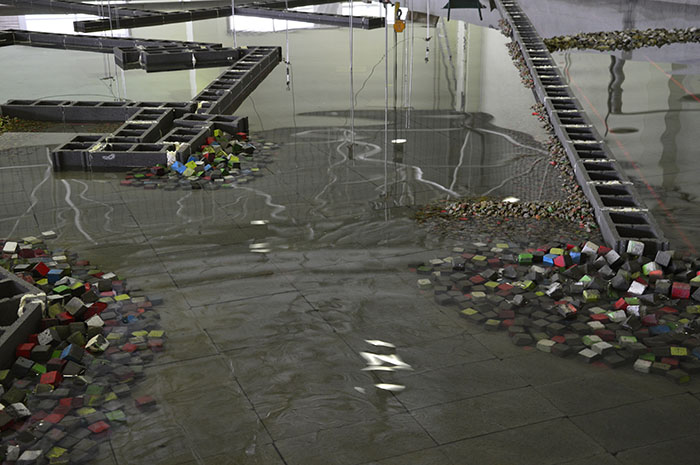 |
Figure. Swell dock at the CITEEC. Dock with unidirectional system and Agitation model built (33x12x1.2m)
Within these facilities, the following equipment is available that allows the construction and performance of tests on the physical model of port structures:
Eight section blades [4 x 1.2] m capable of generating 0.35 m maximum wave height with a depth of 0.7 m. They can work all at once or in groups of up to 3 blades.
Two wave generation and absorption systems. The first of these is the AWACS 2D system for active absorption of reflected waves ( AWACS DHI ) with a shovel and regular / random generation software DHI Wave Sinthesizer The second is the AWASYS developed by the University of Aalborg and is capable of generating the movement of the blades and the absorption of the waves reflected in 3D.
Different programs for data acquisition and processing. Currently, WaveLab commercial software is available and, in addition, several proprietary development programs that can be adapted to each of the situations studied in the laboratory.
Three hoists for the movement of semi-heavy materials of up to 2.5 Tn inside the dock.
Swell Channel
The channel has dimensions of 70x3x3m (length, width, height) with two independent and complementary wave generation systems.
Waves generating blade in Shallow Waters: (shallow waters) of section [3×3] m, capable of generating waves up to 0.7m with a depth up to 2m.
Shovel generating waves in Deep Waters: (deep waters) to generate waves below 0.3m with a depth of 2.25m of water.
In this way, an optimal working range is obtained in the canal, being able to reproduce from large waves in shallow waters on work scales close to reality, to waves phenomena present in deep waters avoiding possible scale effects.
 |
 |
 |
 |
Figure. Swell dock at the CITEEC. Dock with unidirectional system and Agitation model built (33x12x1.2m)
In addition, the channel has a height-adjustable platform along 10 sections of 3m. This structure allows to adjust the bathymetry and the draft required to ensure the correct execution of the tests.
Like the previous installation, the Swell Channel has the following equipment that allows the construction and conduct of studies:
Two systems for generating and absorbing 2D waves. The first of these is the AWACS 2D system for active absorption of reflected waves ( AWACS DHI ) with a shovel and regular / random generation software DHI Wave Sinthesizer . The second is the AWASYS system for generating regular and spectral waves with active absorption of reflected waves developed by the University of Aalborg.
Different programs for data acquisition and processing. Currently, WaveLab commercial software is available and, in addition, several proprietary development programs that can be adapted to each of the situations studied in the laboratory.
A bridge crane for movement of loads 10 Tn .
Current Wave Channel
The wave-current channel is 25m long, 0.8m wide and 0.6m high and has a wave generation system and another current generation system.
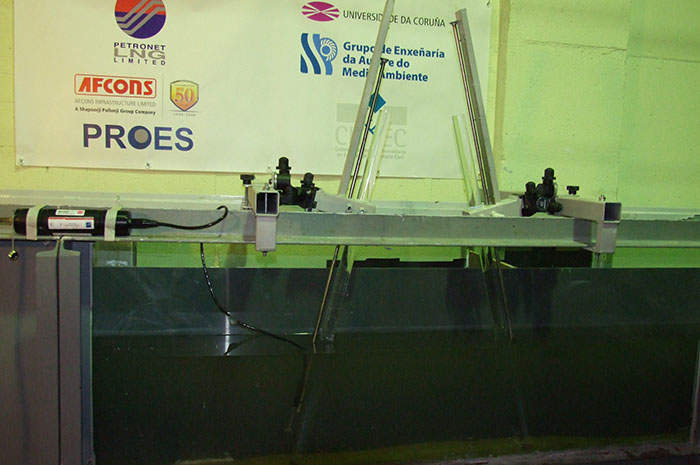 |
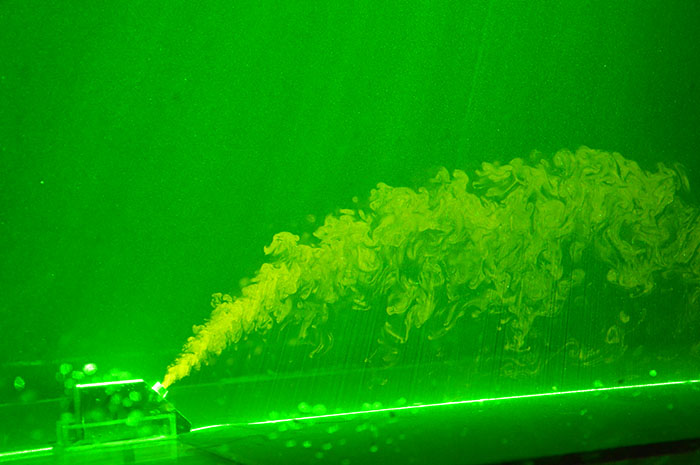 |
Figura. Swell dock at the CITEEC. Dock with unidirectional system and Agitation model built (33x12x1.2m)
This installation has the following equipment:
- A section shovel [0.6 x 0.6] m for the generation of waves.
- A regular/random wave generation system DHI Wave Sinthesizer.
- A current generating system: Hydraulic circuit and pump capable of recirculating flow rate 8 l/s and 32 l/s.
- Different programs for data acquisition and processing. Currently, commercial software WaveLab is available and, in addition, several proprietary development programs that can be adapted to each of the situations studied in the laboratory .
Instrumentation available for the 3 laboratories
The available instrumentation is as follows:
- Hardware for acquisition of 16 analog channels from the blades to the control panel.
- High-speed data acquisition equipment of 128 channels and 1.2 GS / s.
- 46 water level sensors 0.7 m long, with the possibility of connecting to the generator system itself, for continuous recording of level variations.
- 50 piezoresistive sensors for continuous pressure recording (DRUCK / GEMS) of ranges from 70 mbar to 400 bar. Conditioned for the NI data acquisition system.
- 4 Sontek / Nortek acoustic Doppler three-dimensional speedometers, two computers for data processing, and two external units for data storage in field applications.
- 32 TEKSCAN 100lb compression tensile sensors.
- 6 cameras for motion recording through image tracking techniques.
- 4 laser distance meters Dimetix
- 4 load cells IP68 2 of 20t and 2 of 50t for the measurement of forces in moorings.
- 2 speed profilers for use in Signal Processing DOP2000 laboratory.
- 1 Particle Image Speedometer (PIV) LaVision Flowmaster 3D with equipment to do Laser Induced Fluorescence (LIF), allowing concentrations and velocities to be measured simultaneously. Availability of 3 cameras of 2 Mpx and 1 Mpx. Acquisition speed of 10 Hz. Laser of 450 mJ of power. Application in physical models of hydraulic engineering, including discharge flows by emissary, brines or stratified flows.
- 18 1-D load cells for measuring stress in anchors.
- 1 load cell with 4-gdl (degrees of freedom) for shear measurement and moment in structures.
- 4 point load cells (Model 1250 – Vishay) to measure static and dynamic forces at a fixed point.
- 8 accelerometers for motion recording of models not fixed to the bottom.
- 8 water level sensors for measuring 1.3 m long waves.
- 1 ultrasonic sensor to measure water levels (30 – 500 mm).
Instrumentation
Among the available instrumentation there are 40 water level sensors, with the possibility of connection to the generator system itself for the continuous recording of level variations. In addition, 4 piezoresistive sensors can be used for the continuous recording of pressure (DRUCK), conditioned for the data acquisition system. The system has the necessary hardware for the acquisition of 16 analogue channels from the blades to the control panel.
There are also 8 water level sensors for wave measurement, 1.3 m long, and 3 ADP profilers for field and laboratory measurements, with submersible data storage system and 5 MHz working frequency.
Awacs
Active wave absorption control system, which allows a total control of the waves generated, without being affected by the incidence of reflected waves produced by the elements to be tested or the test medium itself. The system uses as a reference some sensors located in the front part of the blade that generates the wave, in order to respond to the needs of the test. It is capable of working with both regular and irregular waves.
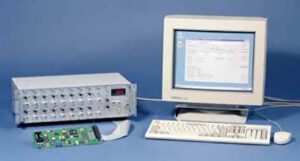
Wave Height Sensor
Sensors to measure both water level and wave height They come with a module that performs the function of feeding, acquisition and verification of up to 8 sensors.
Pressure Sensors
State-of-the-art, high-precision sensors used for level control in a liquid medium. They are totally submersible in different environments such as: rivers, seas or different liquids. There are different models according to the range of levels in which you want to work. Specifications.
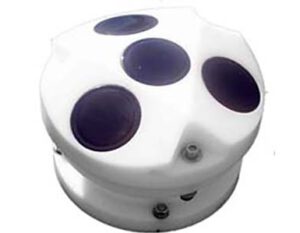 Doppler Profiler
Doppler Profiler
High quality current profiler. Thanks to the Doppler Effect, 3d water velocities can be measured in different height bands in a range of 110m. It is designed to reduce to a minimum any kind of interference when making the measurement, and to show in a simple and effective way the data obtained. Specifications.
Doppler speedometer
High-resolution 3D single-point velocity meter. No re-verification required. To measure the speed of water, it uses a physical principle known as the Doppler Effect, according to which if the source of a sound is moving, in relation to the receiver, the frequency of the sound received is different from that emitted.
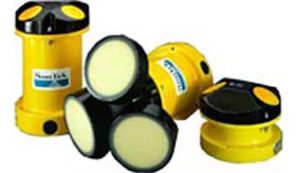
Wave Height Profiler
Acoustic profiler that, in addition to obtaining 3D speeds in different ranges of water height, is capable of providing the height of any type of wave. Its design makes it ideal for measurements over long periods of time and under conditions of waves and strong currents.
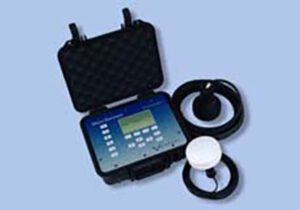
Bathymetric Probe
Echo sounder designed for sea floor surveys, equipped with a 210Khz transducer and a DGPS (Differential GPS). With a working capacity of about 30 hours, it is able to record position and depth with great accuracy. It is configurable to make measurement corrections, providing tidal data. Specifications.

Draught Sensors
Sensors to measure both water level and wave height They come with a module that performs the function of feeding, acquisition and verification of up to 8 sensors.
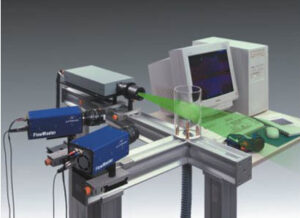
Image Speedometers
Also called P.I.V., it calculates the velocity according to the position of the particles. It illuminates them with a laser beam, photographs their position and repeats the same procedure. With the two photographs, he can calculate the space he has travelled in time between each photo and therefore his velovity.



